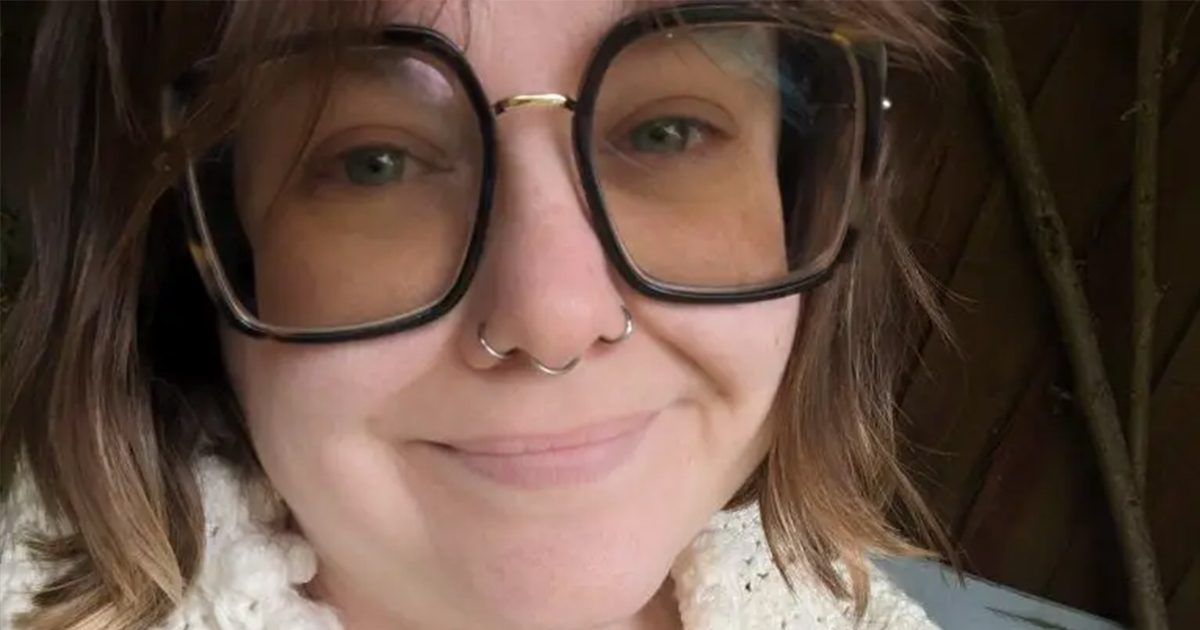Attraction isn’t always simple or fixed for everyone. For some, it changes over time, shifting in ways they may struggle to explain. This experience has a name: abrosexuality. Emma Flint, a writer from Staffordshire, England, recently shared her story about discovering she is abrosexual after 30 years of uncertainty.
Emma spent many years thinking she was a lesbian. Then, over time, her feelings shifted—sometimes she was attracted to men, other times to no one at all, then back again to different genders. She often felt lost, unsure of who she truly was.
View this post on Instagram
Her breakthrough came when she found the word “abrosexual” in an online forum. Suddenly, she felt seen and understood. Abrosexuality means a person’s sexual attraction changes frequently, possibly shifting between attraction to different genders or sometimes no attraction at all. It isn’t about any one gender, but about experience changing over time.
Emma shares that her love is about the person, not their gender, and that others sometimes pressure her to “choose a lane.” But she wants people to know that just because an identity is new or unfamiliar doesn’t make it any less real.
Abrosexuality can look different for each person, from daily changes in attraction to slow shifts over months or years, including periods of little or no sexual attraction, called asexual phases.
Emma hopes that, over time, abrosexuality will be accepted as a normal identity—just another way people experience attraction. Her story reminds us how important language and visibility are in helping people understand themselves.


